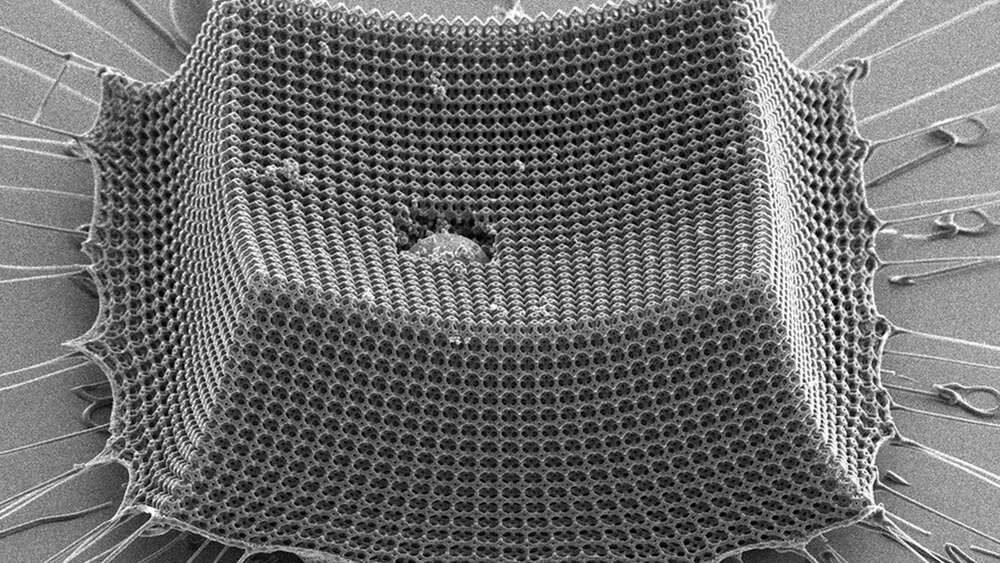“I feel like a child who lost a parent in a shopping mall; please give me back my precious ChatGPT,” said one user.
ChatGPT, a viral chatbot from OpenAI, stopped working Monday (20 March), with user complaints pouring in around 4:09 AM EDT (8:09 AM GMT), according to Downdetector, a website that tracks outages.
“Literally two minutes after paid subscription. Not cool,” one user complained.






